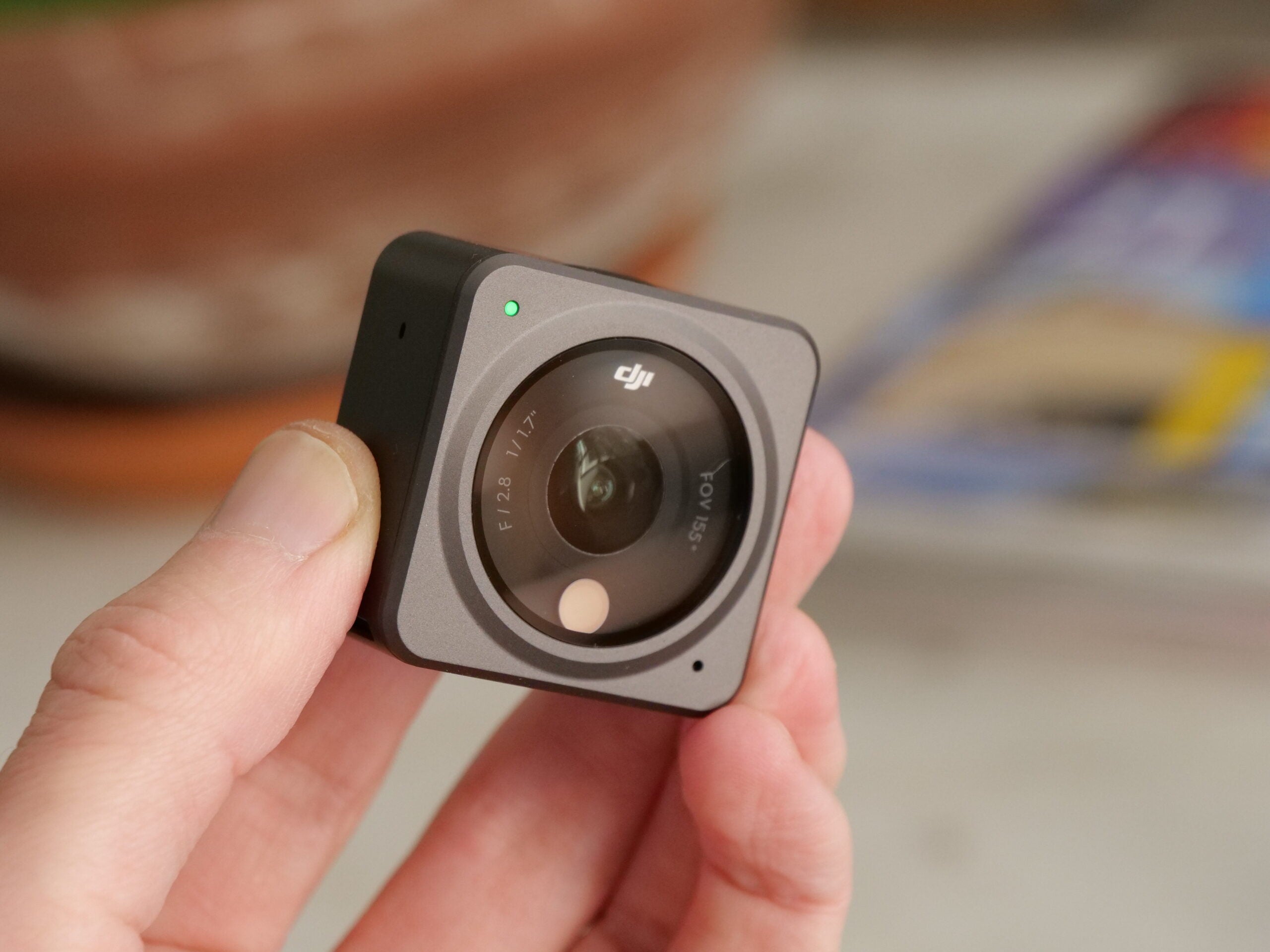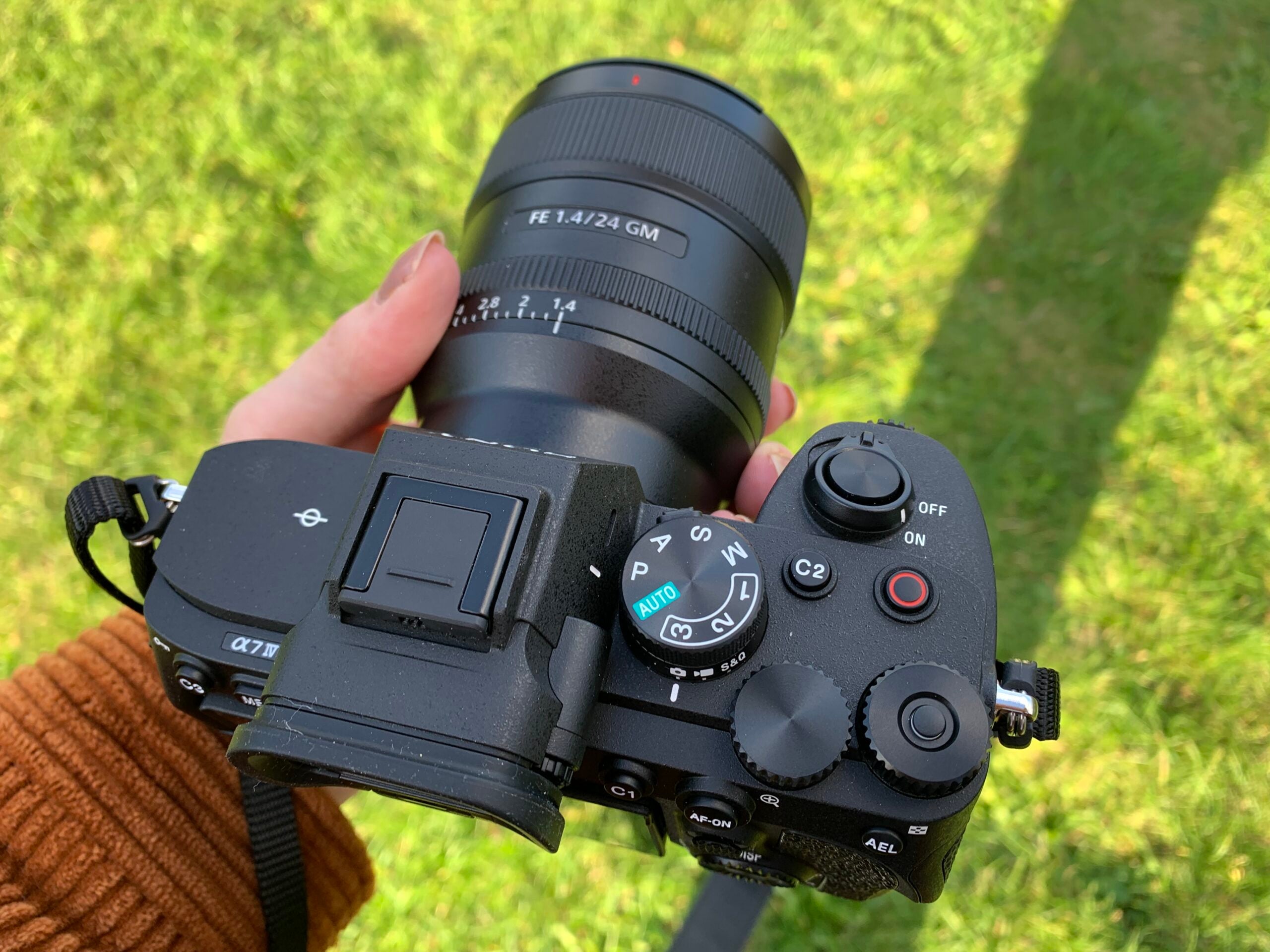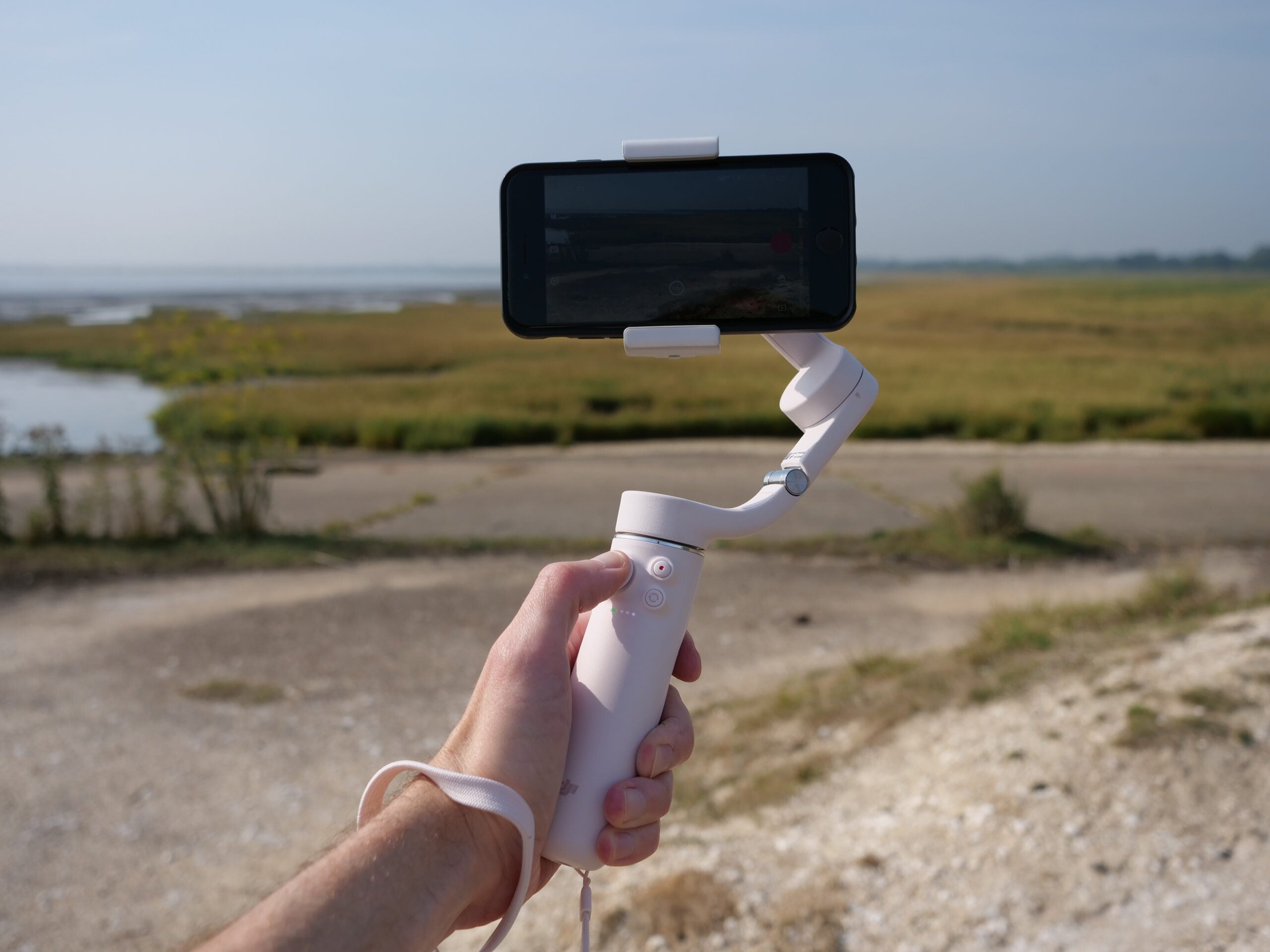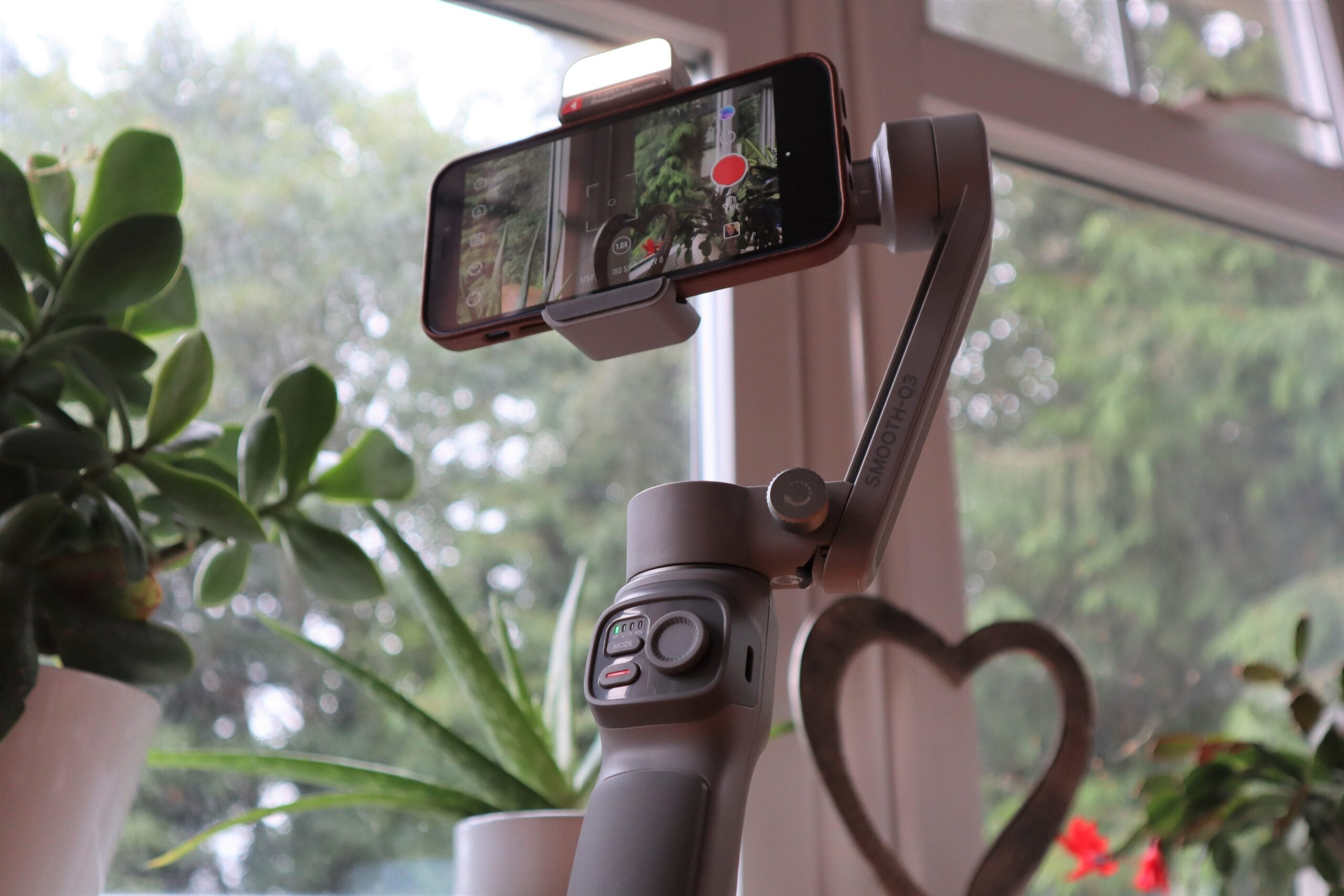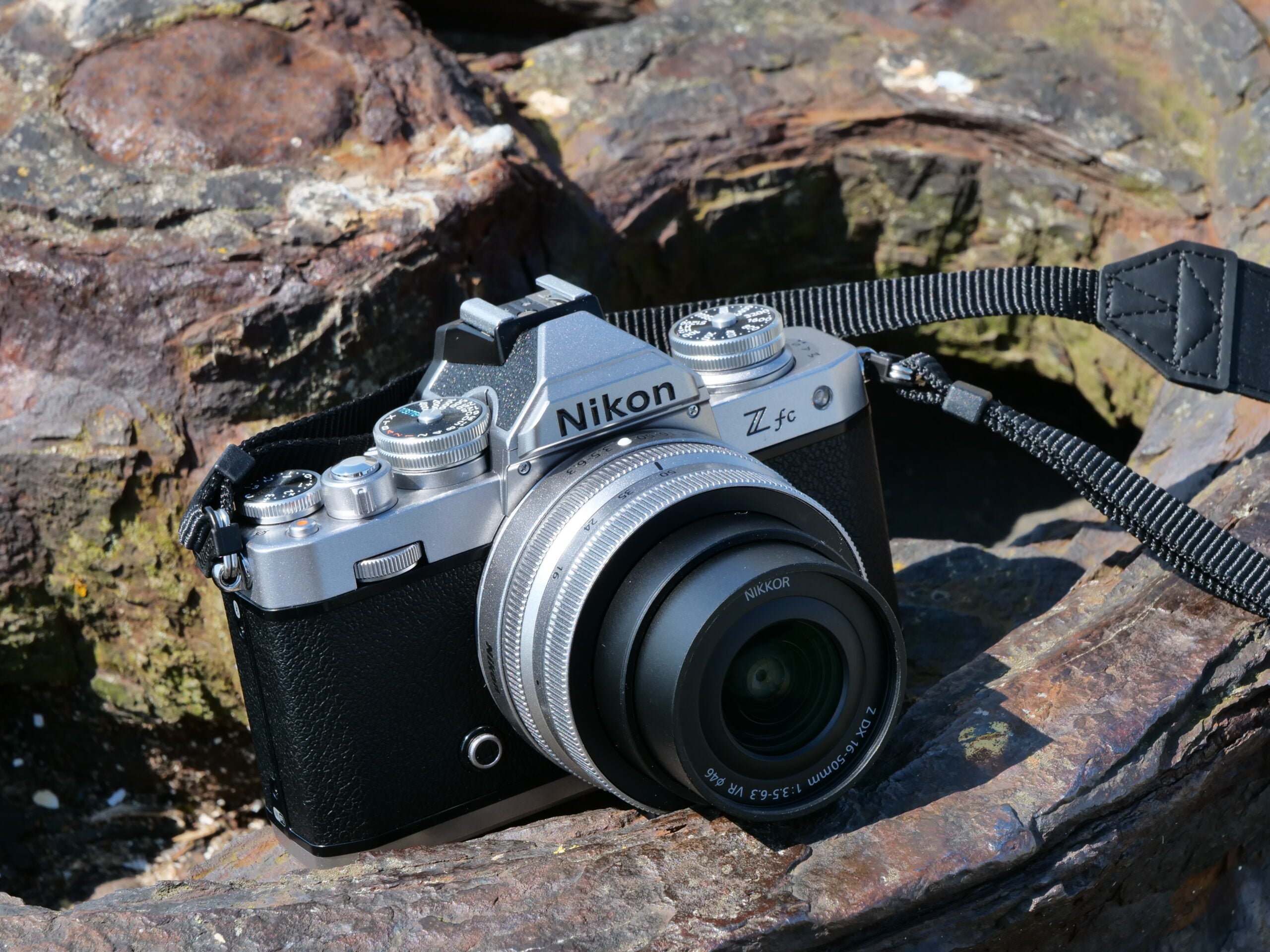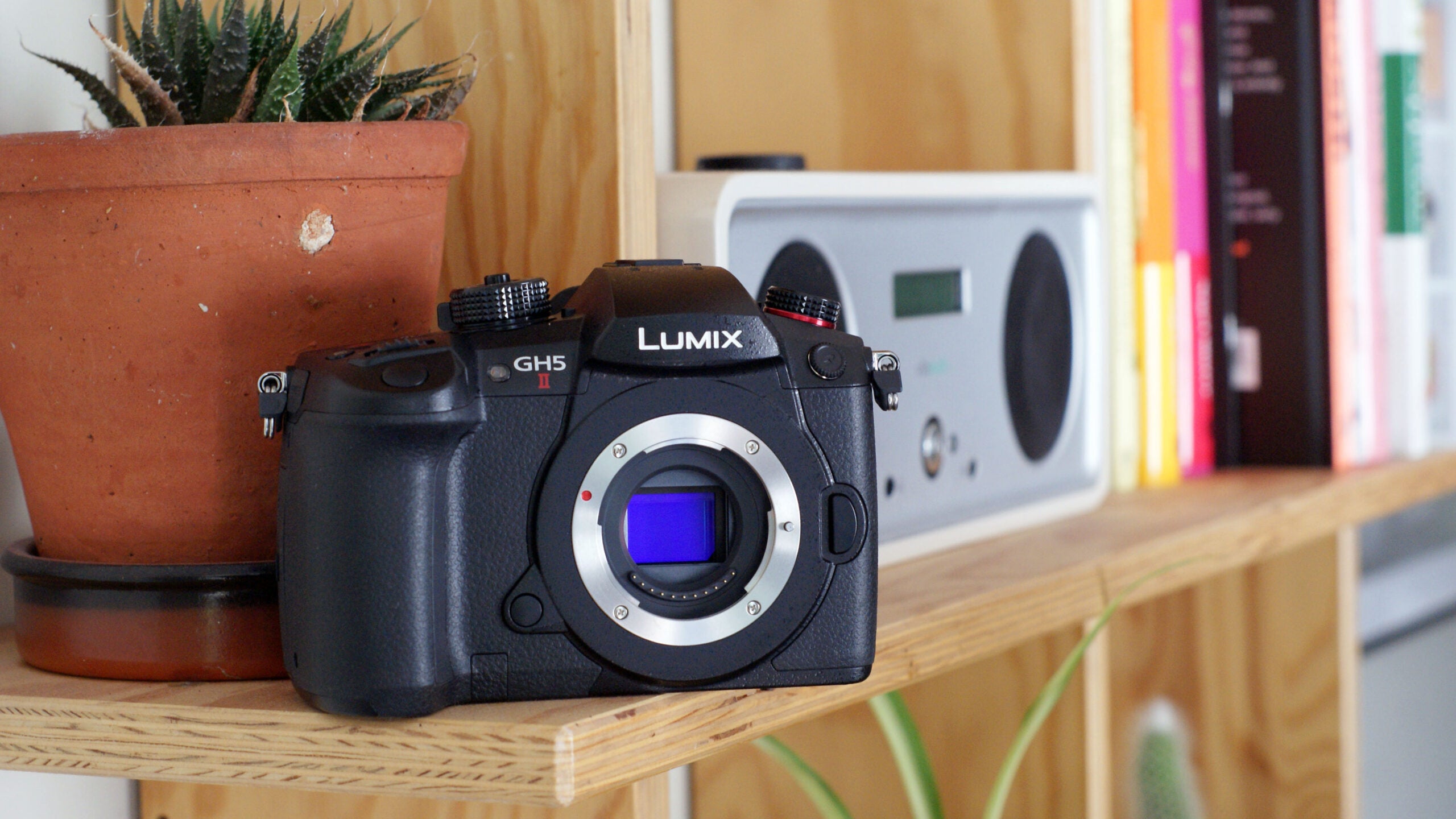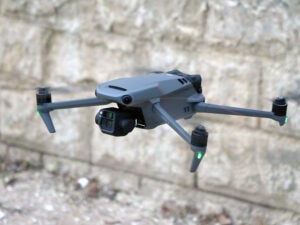
While the DJI Air 2S offers better value for money for the vast majority of users, the Mavic 3 is a more than worthy flagship model for DJI’s folding camera drone line-up. With the best camera performance in the business, a bevy of safety features to keep it away from hazards and a battery that lasts for ages, this is a truly impressive premium product that will deliver excellent aerial photos and video in pretty much any situation.
Pros
- Long battery life
- Superb on-board camera
- Great safety features
Cons
- Digital zoom produces soft images
- Not all features available at launch
Availability
- UKRRP: £1879
- USARRP: $2199
Key Features
-
Camera20MP 4/3 CMOS Hasselblad sensor -
Video recording5.1K/50fps, 4K/120fps resolutions -
Battery life46-minute flight time
Introduction
The Mavic range, DJI’s flagship series of folding camera drones, has just had its first major update in three years: and it’s an impressive one. On paper, it looks like the Mavic 3 really reaches for the sky (no pun intended) with its long battery life, multi-directional obstacle avoidance system and dual camera setup, which combines a 12MP zoom module with a 20MP 4/3 module – the latter being the biggest sensor yet seen on one of DJI consumer drones.
The Mavic 3 isn’t cheap, with prices starting at £1879 for the bare bones model and going up all the way to £4,279 for the deluxe and high-powered Cine Premium Combo, but those headline features do seem genuinely ground-breaking. Let’s find out how well they work in practice.
Design
- Included remote controller
- Classic look for DJI drones
- Weighs in at 895g
The overall look of the Mavic 3 isn’t too dissimilar from its predecessors, with the rotors situated on four fold-out arms, the battery sliding into the back and the camera mounted on a three-axis gimbal just under the drone’s nose. The build quality is reassuringly solid, just as is expected from DJI.
This time the colouring is a bit darker and moodier, and the camera is noticeably chunkier, but there’s nothing here that truly surprises, except perhaps for the protective cover that keeps the rotor blades, camera and obstacle sensors securely covered up when the drone is folded down for storage.
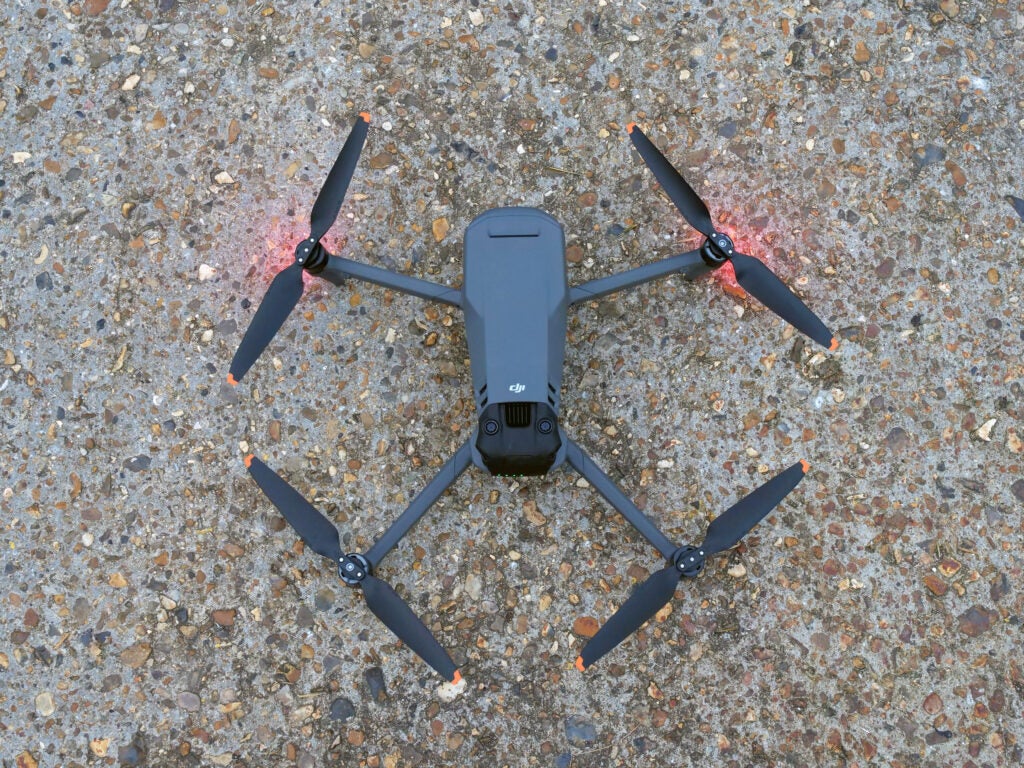
With its straps and leather-look finish, the cover looks like something you’d find hanging from the racks of an Ann Summers shop rather than your local branch of Jessops, but there’s no denying it does a great job of keeping everything safe.
Also in the box is the DJI RC-N1 remote controller, onto which you dock your smartphone when flying the drone. It comes with adapters for Lightning, micro USB and USB-C devices, removeable thumb sticks (plus a spot to store them) and a few physical controls.
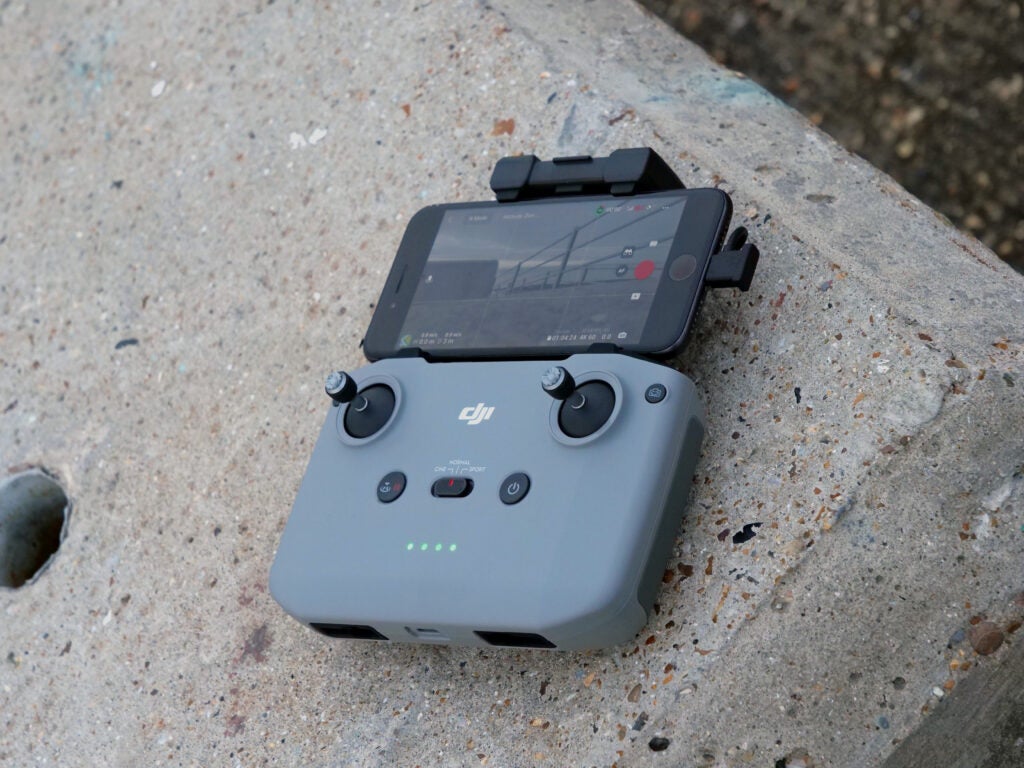
The remote has been packaged with some older DJI drones, and it’s has a good design: the build quality is solid, the phone clamp feels secure and the controls are well placed. It comes with a built-in rechargeable battery that lasts for up to six hours, and can be used as a portable charger for any mobile device attached.
With a take-off weight of 895g (899g for the Cine version), the Mavic 3 remains surprisingly lightweight considering its specs and battery life (in fact, the 5000mAh battery alone accounts for over a third of that weight). Just like previous Mavics, it’s still a highly portable powerhouse – albeit obviously not quite as light or compact as DJI’s cheaper Air and Mini lines.
Reviewed here is the Fly More Combo package, which costs £2549 and includes three batteries (the barebones Mavic 3 package comes with just one) and a charging hub able to accommodate all of them at once, plus a set of four ND filters (more on those later) and a convertible carrying bag.
The bag is excellent, providing space for all of the above and more and keeping everything snug and well protected; it can be converted into a backpack, sling bag or briefcase-style bag, and feels like it’s made to last.
Flight and app
- Excellent battery life
- Can be charged via USB-C
- Responsive and steady in the air
In terms of flight, the headline improvement here is the battery life. Depending on conditions, a fully charged battery will get you 46 minutes of flight time, which is far longer than anything else in the DJI consumer stable currently and a little bit better than the Autel Robotics Evo II’s impressive 40-minute flight time.
Even on the windy coast where I did the bulk of my flying, the Mavic 3’s immense stamina felt liberating. The DJI Mavic 2 Pro and DJI Air 2S offer up to 31 minutes of flight time per charge, so there’s a big leap forward here – and that extra 15 minutes feels like a welcome buffer when you’re flying the drone, given that any careful pilot will always want to bring it back with quite a bit of juice left in the tank.
The battery can be charged while installed in the drone, if you insert a USB-C cable, but far better to invest in one or two extra batteries when going out for a day of aerial shooting – a combined 1.5 or two hours should be more than enough time to capture all the footage you need.
As a flyer, the Mavic 3 feels much like other folding DJI quadcopters: it’s responsive to the controls, steady in the air even in windy conditions and can move with plenty of zip when flicked into Sport mode.
In its other flight modes, Cinema and Normal, it’s more sedate and safe, with its omnidirectional sensor system warning you of potential collisions and preventing the drone from flying into trees, walls and the like. APAS 5.0 technology will even steer it around obstacles while maintaining its general path. DJI says the system needs adequate lighting to work properly, but even during twilight test flights it seemed fully operational the entire time.
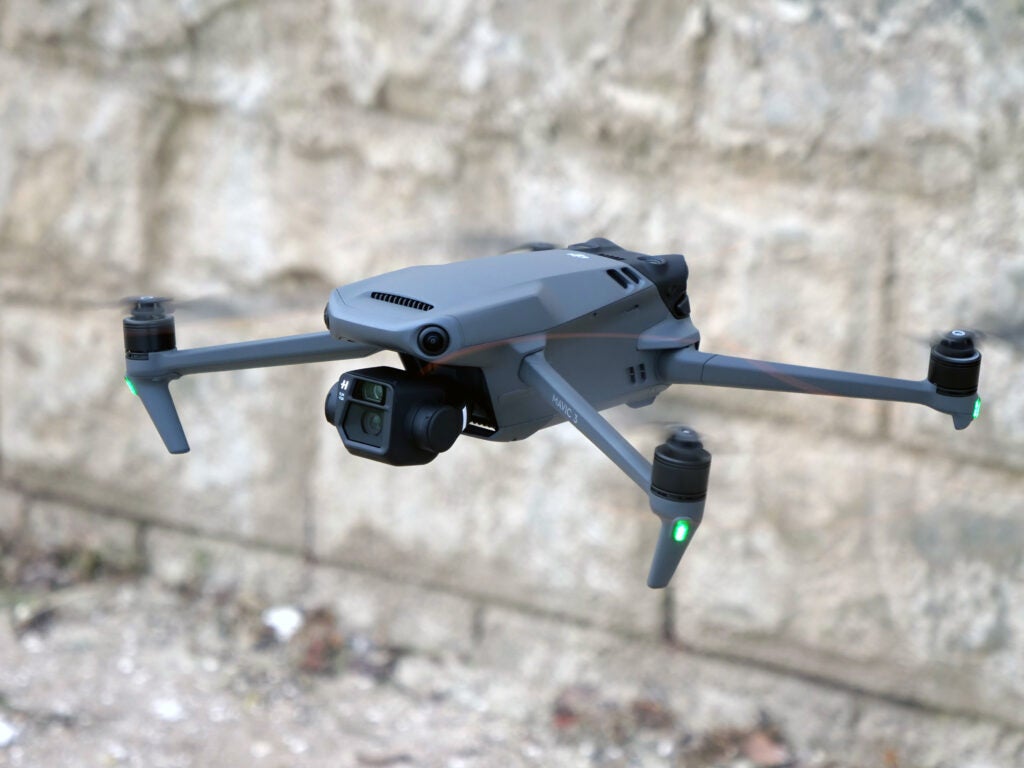
As with other DJI drones, you can tap a button on the controller to autopilot the Mavic 3 back to its take-off point and land (this will also kick in automatically when battery power is sufficiently low, or the signal between the controller and drone is lost). DJI claims the speed of this feature has been improved thanks to the extra sensory power on board, but I was loath to test this too stringently.
The new O3+ transmission system was rock-solid the entire time, supplying a crisp 1080p/60fps live video feed to a smartphone’s screen no matter where the Mavic 3 flew. True, I didn’t come close to testing its purported maximum range of 15km (flying it out of eyesight range is against UK drone laws), but at 400 or so metres away it remained beautifully smooth.
The DJI Fly app remains well designed and easy to use, connecting the phone, controller and drone in moments and giving you a wide range of options for the drone’s flight style and camera. It doesn’t yet support the MasterShots and ActiveTrack 5.0 features for the Mavic 3 (they’re reportedly being added via a firmware update in January 2022), which meant I wasn’t able to test these autopilot modes.
Video and photo quality
- A seriously powerful camera
- 20MP 4/3 CMOS sensor
- Video can be recorded at 5.1K
The camera is by far the most powerful yet seen on one of DJI’s folding drones.
Its main Hasselblad-branded “half” boasts a 20MP 4/3 CMOS sensor that’s much bigger – and therefore much better at sucking up light and capturing a wide dynamic range – than the 1in sensor that was the range’s previous best. It can record video at up to 5.1K (5120 x 2700) resolution, as well as C4K (4096 x 2160), 4K and 1080p. Framerate, depending on the resolution, can go as high as 200fps.
Image quality is excellent with the default colour profile, showing lots of sharp detail and beautifully smooth colour gradations even in tricky twilight conditions, but you can shoot video in 10-bit D-Log if you want to colour correct and grade in post-production.
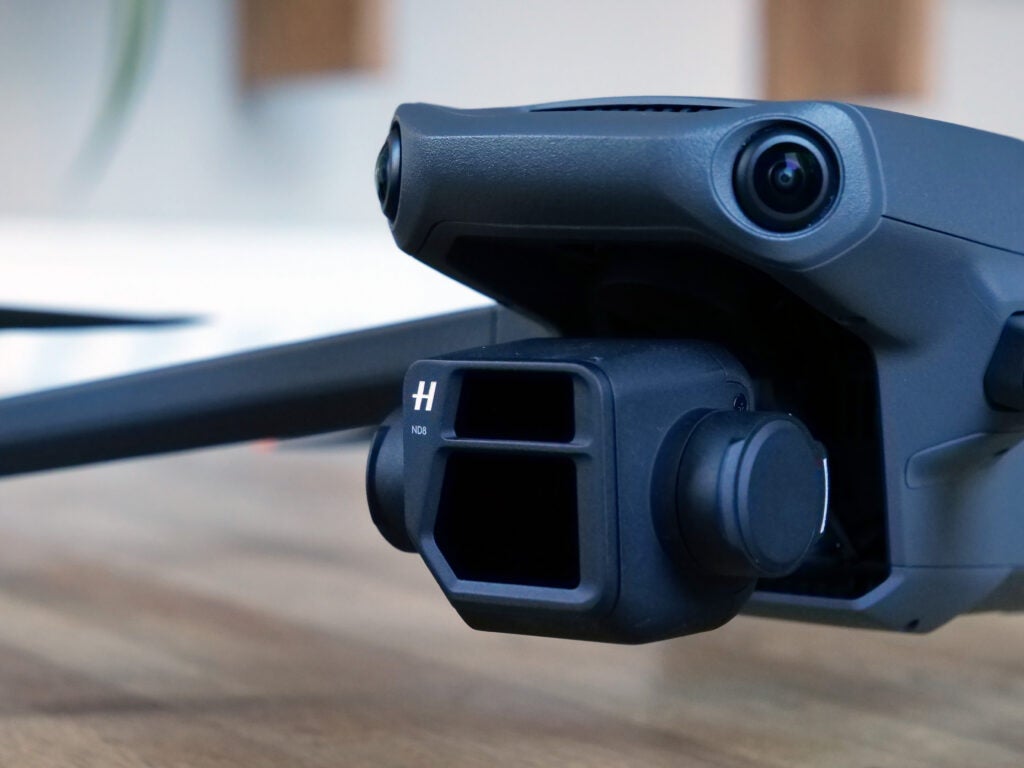
If you plump for the pricey Cine edition of the drone, which features a built-in 1TB SSD for fast storage, you can also shoot in Apple Pro-Res 422 HQ.
The second half of the camera uses a more modest 12MP sensor that’s half an inch across. While it’s noticeably softer and less punchy than the other camera (and many of the video options aren’t available while using it), it features a zoom lens that uses a hybrid system to deliver up to 28x magnification. This can be used to scout out far-off scenes and subjects before shooting them with the main camera, or to shoot them from afar – but the quality does fall off a lot.
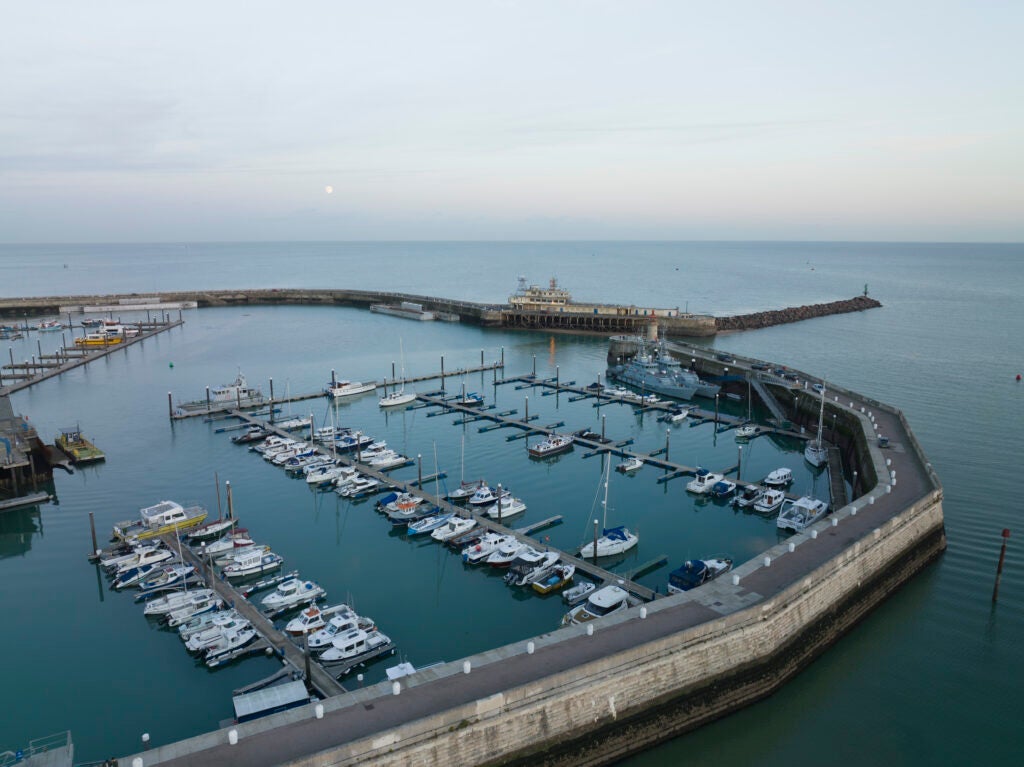

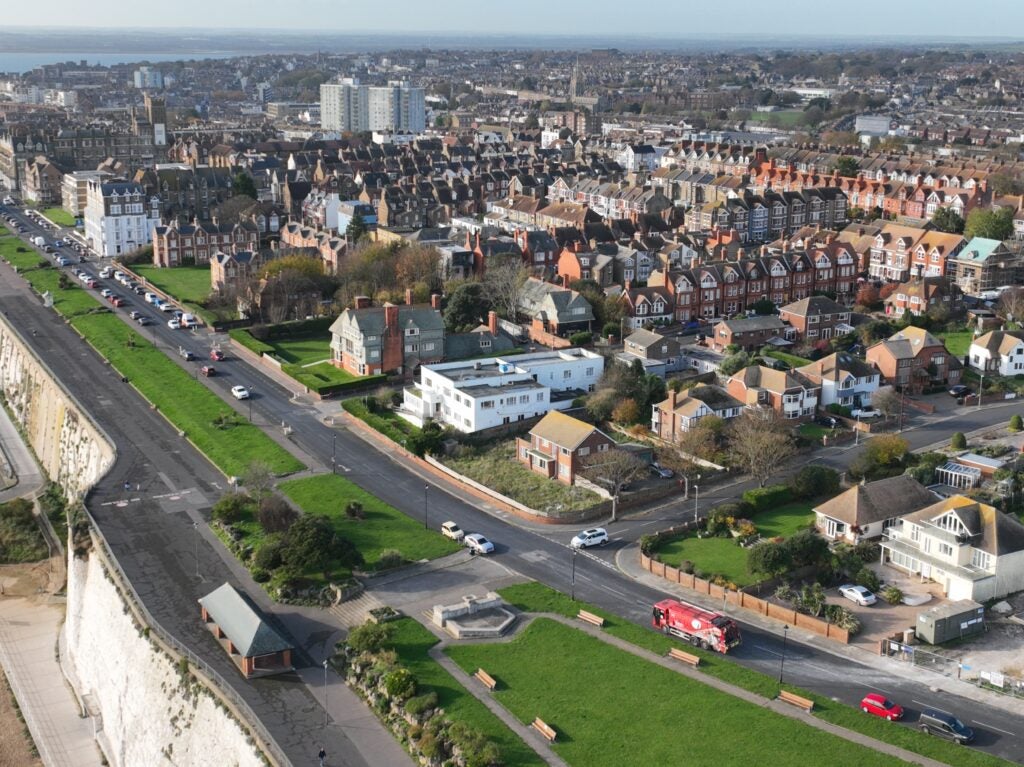
You can of course take still photos with the camera too, and these can be shot in DNG RAW when using the main module. As with the video, they come out of the camera looking excellent.
The app offers a good deal of manual camera control options (including an adjustable aperture for the main module), and the ND filter set allows you to shoot with a wide aperture on brighter days. It’s not essential for getting good shots in sunny conditions, but will help anyone who wants to maintain as much control as possible over the outcome.
Latest deals
Should you buy it?
You want the absolute best folding camera drone around: The 4/3 camera here is a real step above what’s come before, and the excellent battery life means you can keep it up in the sky for much longer.
You want the best value for money from a folding camera drone: We think the DJI Air 2S is more than powerful enough for most consumer-level users and comes in at around £1,000 cheaper than the Mavic 3.
Final Thoughts
While the Mavic 3 isn’t cheap, it does represent a significant step up from DJI’s previous folding flagship and offers an imaging solution far more powerful than the smaller, more affordable likes of the DJI Air 2S (which remains a superb choice for those operating on a more limited budget).
The Mavic 3’s impressive battery life and flight safety features are a real leap forward, and while we haven’t been able to test its tracking and MasterShots features yet, they should add even more functionality to an already fantastic product.
How we test
We thoroughly test every action camera we review. We’ll always tell you what we find and we never, ever, accept money to review a product.
Test footage and sample shots taken
Battery fully tested
FAQs
There’s support for 5.1K/50fps, 4K/120fps video recording
You’ll get around 45 minutes of flight time per charge
There is 8GB internal storage and MicroSD slot
The post DJI Mavic 3 appeared first on Trusted Reviews.
Author: Sam Kieldsen
This article comes from Trusted Reviews and can be read on the original site.
